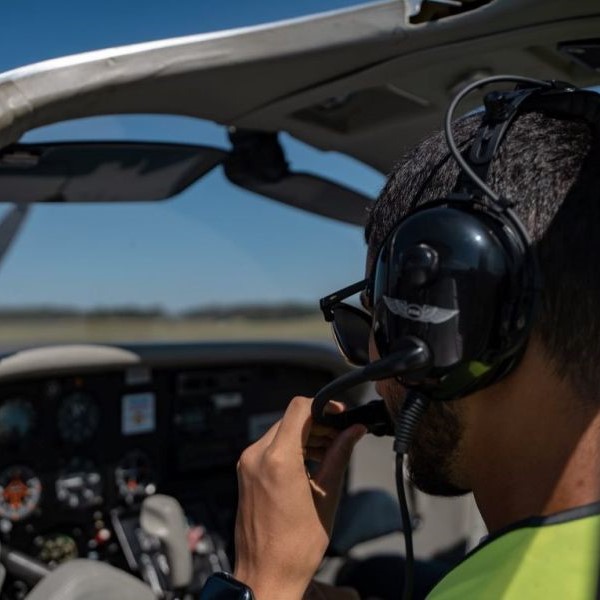No products in the cart.
Aircraft Inspection Training
Showing all 3 results
Filters Sort results
Reset Apply
Egmont Aviation Flight School offers a wide range of training programs from PPL to ATPL EASA for both beginners & experienced pilots/instructors who want to improve their skills. Conversion programs are also available. The training is conducted in accordance with European standards & upon completion is confirmed by EASA licenses. Last Updated: 04-12-2023 | ||
Incoming Inspection / Distance Click the "Ask a Question" button for more details and to book. Last Updated: 09-02-2024 | ||
Hidden Damage Inspection / Distance Click the "Ask a Question" button for more details and to book. Last Updated: 09-02-2024 |
Browse a wide range of different Aircraft Inspection Training in your area. Contact training organisations and book aviation training courses online with AvPay!
Aircraft inspections are critical to ensuring the safety and airworthiness of an aircraft. There are several types of aircraft inspections, each with its own purpose and frequency. Pre-flight Inspections are conducted by the flight crew before each flight. A visual check of the aircraft’s exterior, control surfaces, and critical systems to ensure they are in proper working condition. Daily or Turnaround Inspections are performed by maintenance personnel between flights or at the end of each operating day. Focused on basic systems and exterior checks to ensure the aircraft is ready for its next flight. Transit Inspections are conducted when the aircraft is parked at a remote location between flights. Similar to daily inspections but may include additional checks depending on the time the aircraft is parked. A-Checks are performed approximately every 400-600 flight hours or a specified number of flight cycles. These involve more comprehensive inspections and maintenance tasks, including the inspection of landing gear, avionics, and other critical components. B-Checks are conducted every 4-6 months, depending on the airline’s schedule and aircraft type. These include more extensive maintenance, repair, and inspection tasks than the A-Check. It may require the removal of certain components for inspection. C-Checks are carried out approximately every 18-24 months. They are a highly detailed and time-consuming inspection that involves the disassembly, inspection, and overhaul of various aircraft components and systems. D-Checks are the most comprehensive and time-consuming inspection. Usually performed every 5-10 years, depending on the aircraft type and usage. It involves the complete disassembly and overhaul of the entire aircraft, including the airframe and all major components. Special Inspections are inspections performed in response to specific events or issues, such as bird strikes, lightning strikes, or damage caused by severe weather conditions. They may also include inspections related to modifications or repairs. Non-Destructive Testing (NDT) methods, such as ultrasonic testing, radiographic testing, and magnetic particle inspection, are used to check for hidden defects or flaws in critical aircraft components without causing damage. Routine and Unscheduled Inspections are planned and conducted based on a schedule, while unscheduled inspections are performed in response to unforeseen events or reported issues. These inspections are essential to maintaining the safety, reliability, and airworthiness of aircraft. They are typically carried out by certified aviation maintenance technicians and are subject to strict regulations and guidelines set by aviation authorities like the Federal Aviation Administration (FAA) in the United States and the European Union Aviation Safety Agency (EASA) in Europe.







